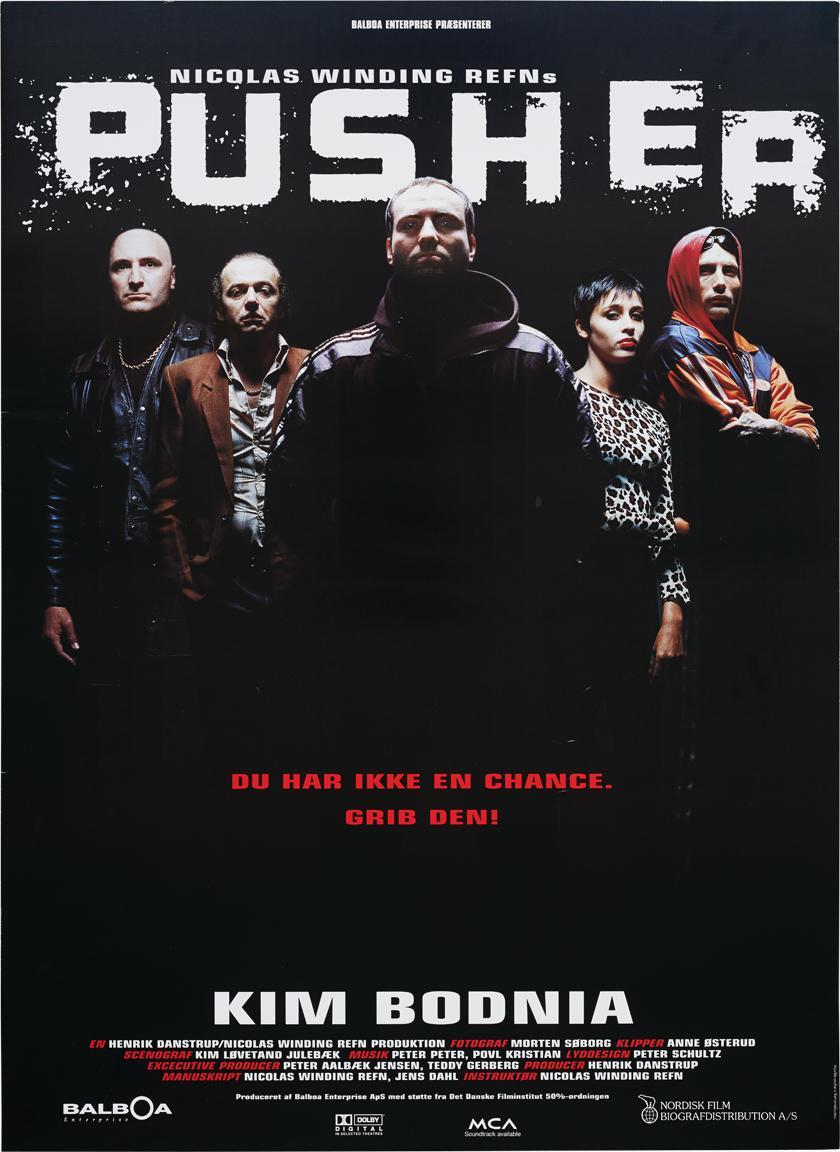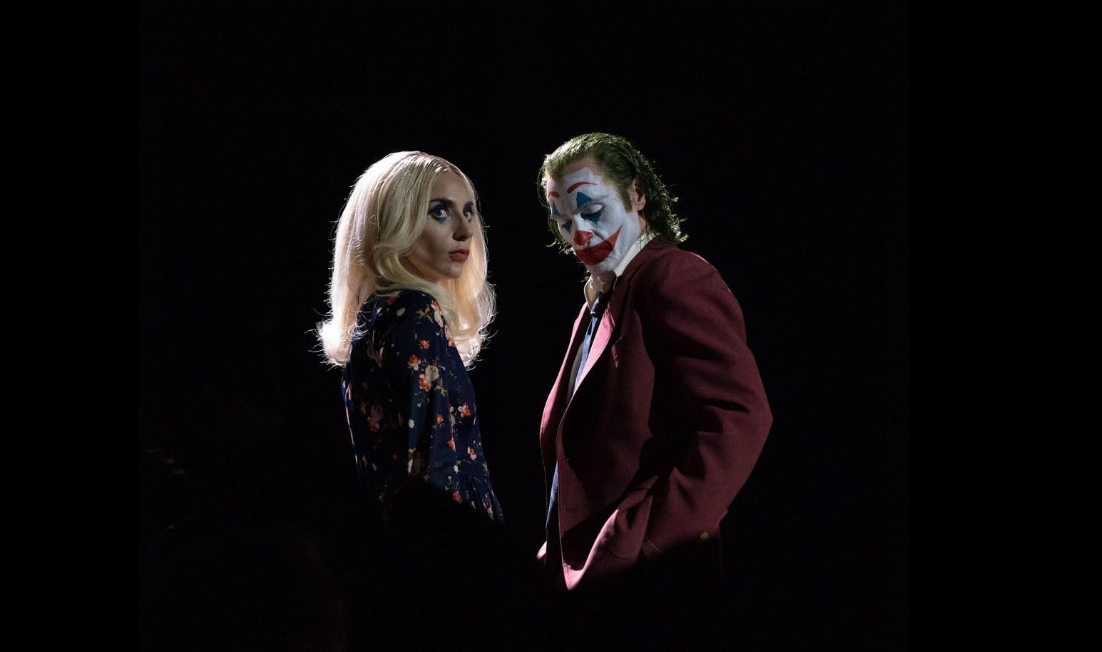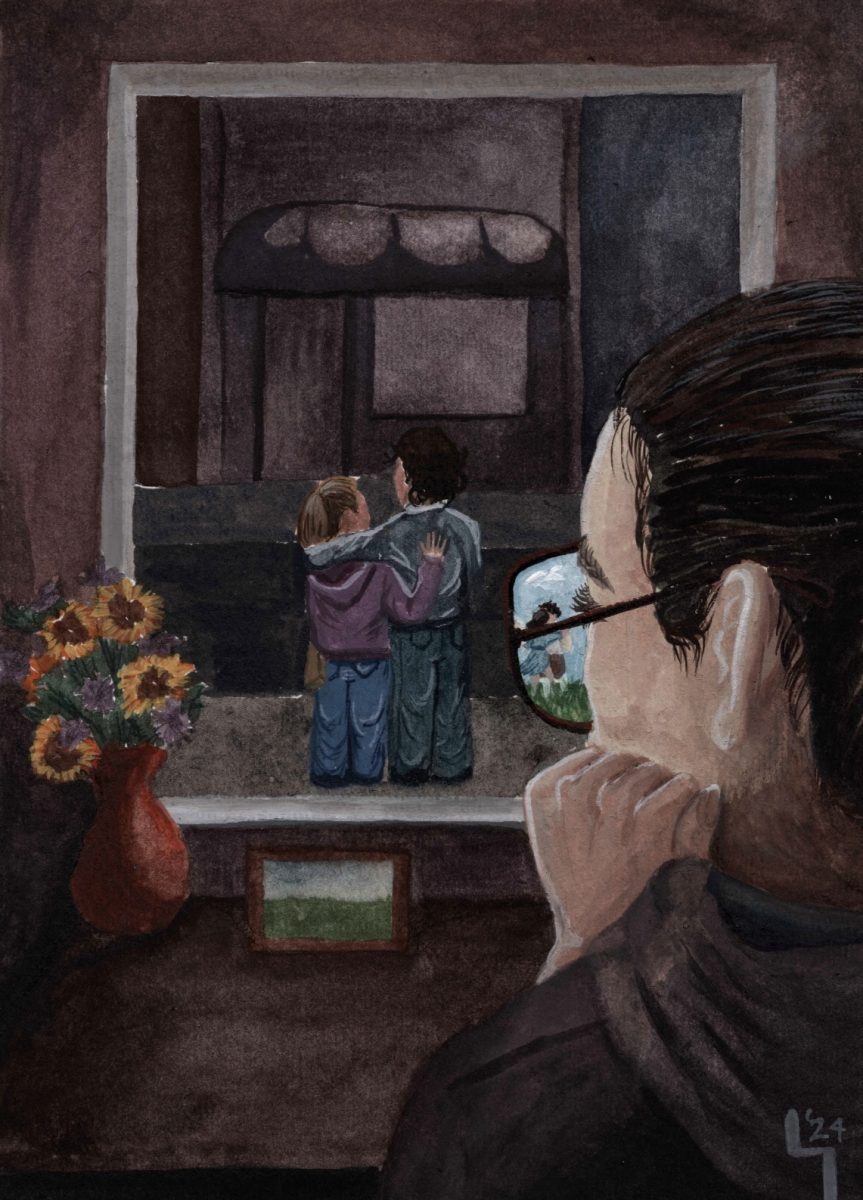Nicolas Winding Refn’s directorial debut “Pusher” is available on Shudder, as well as its two sequels (simply entitled “Pusher II” and “Pusher 3”). Refn made his cinematic watermark in the 2010s with the stylish neo-noir crime drama “Drive,” a film which has garnered a reputation for its distinct blend of postmodern cinematography, sudden bursts of graphic violence and an unforgettable synth-driven soundtrack. Refn’s style undoubtedly defined the 2010s not only with “Drive,” but also with his follow up films, “Only God Forgives” and “The Neon Demon,” which possess the same signature blend of B-movie neon-lit violence and a luster more suitable for European art-house films.
However, Refn’s direction wasn’t always characterized by these key elements. He has been accused of making films that cater to style-over-substance sensibilities. A native of Copenhagen, the director has a separate Danish filmography which made up the first two decades of his career. In these early films, there are few hints that his films would go on to help redefine postmodern aesthetics for a new generation of cinephiles. Fifteen years before “Drive,” before Ryan Gosling donned the iconic jacket embroidered with a golden scorpion, bloodied hammer in gloved-hand “Pusher” gave non-Danes a look at the vile Danish drug underworld.
The plot is simple and, as mentioned above, probably the least interesting aspect of the entire film. This isn’t a knock on the film because it is going for a character-driven story. It follows a similar structure to that of “Mean Streets” or even last year’s “Uncut Gems” in that it follows a ticking-time-bomb narrative surrounding the main character’s quest to pay back a ruthless crime boss. The film follows a drug dealer, Frank (Kim Bodnia), over the duration of a week, as he digs his grave deeper and deeper, bringing along those close to him. An eclectic cast of characters include a very young Mads Mikkelsen in his film debut, a young escort who experiences Frank’s selfishness and petulant behavior firsthand and a drug lord who’s cool demeanor, replete with gold neck jewelry, would be at home in an early Scorsese film.
“Pusher” isn’t completely dissimilar to Refn’s later work. It showcases his disinterest in plot and prefers to tell its story visually rather than imposing on the audience unnecessary exposition. His lack of style is a style in itself. The score is devoid of synths or of any real musical embellishment, and instead is made up almost purely of the diegetic sounds of cars, bustling streets and punk music blaring in seedy bars. The film is entirely handheld, with a noticeable lack of attention given to lighting. The dialogue is extremely realistic, and the film lingers on those awkward lulls in the conversations of its characters to add to the realism. This is particularly beneficial in those scenes which aim to instill in the viewer a sense of tension, suspense and anxiety.
All three of these are felt at the appropriate times because of the masterful direction and camerawork. These small stylistic details are what set this film apart from lesser drug thrillers. “Pusher” undoubtedly holds up as a bright spot in Refn’s filmography and proves that he is not limited to the style for which he is best known.
‘Pusher’: Seedy style over substance
April 8, 2020
Photo by Creative Commons
“Pusher” is the first of three in the franchise.
0
Donate to The Battalion
Your donation will support the student journalists of Texas A&M University - College Station. Your contribution will allow us to purchase equipment and cover our annual website hosting costs.
More to Discover















